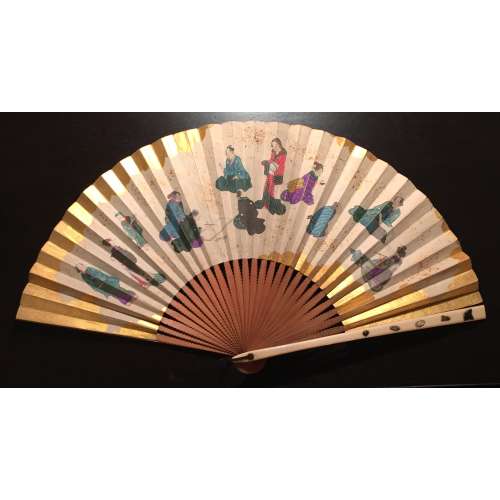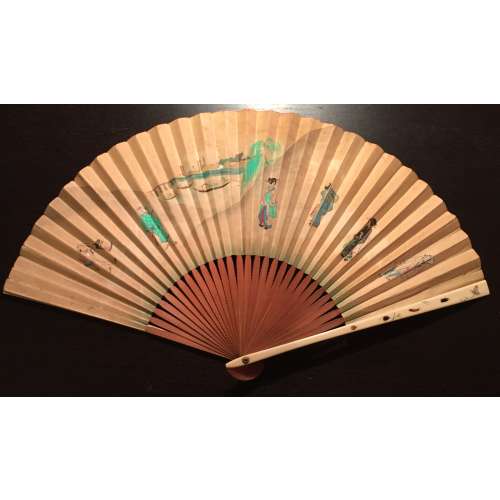
Gary D. Murtha's tsuba on page 61.
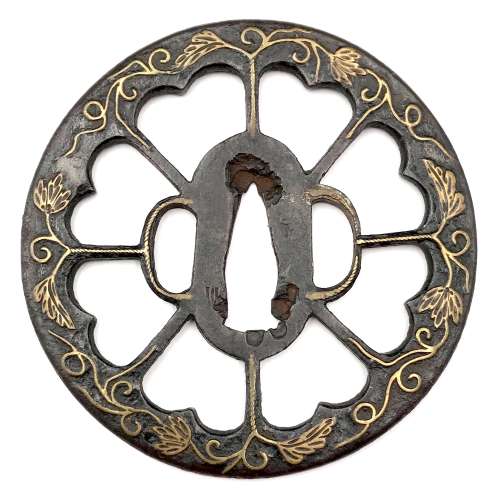

Gary D. Murtha's tsuba on page 61.
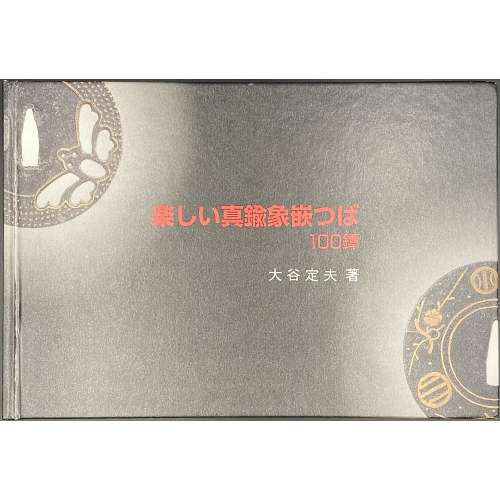
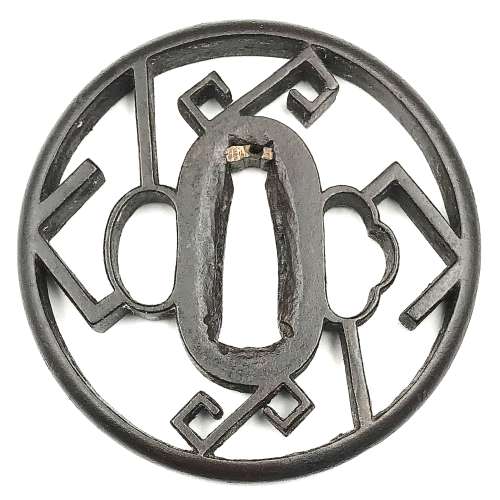
Iron tsuba of round form decorated with design of keys to the storehouse of the gods in openwork (sukashi). Rounded rim. Copper sekigane.
Unsigned. Early Edo period, 17th century.
Size: 71.0 x 70.9 x 6.0 mm.Merrily Baird, Symbols..: The Key to the Storehouse of the Gods, one of the Myriad Treasures.
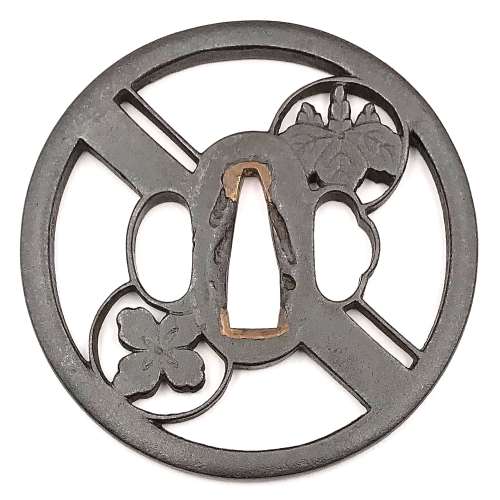
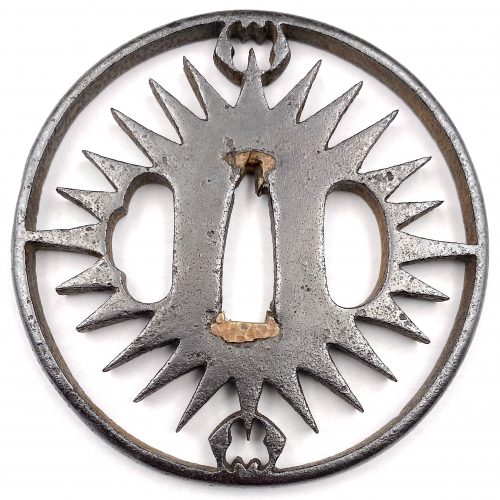
Size: H 71.9 x W 71.1 x Th (centre) 5.5 cm.
For information regarding this type of tsuba see the article 'Kirishitan Ikenie Tsuba by Fred Geyer at Kokusai Tosogu Kai; The 2nd International Convention & Exhibition, October 18-23, 2006, pp. 84-91.
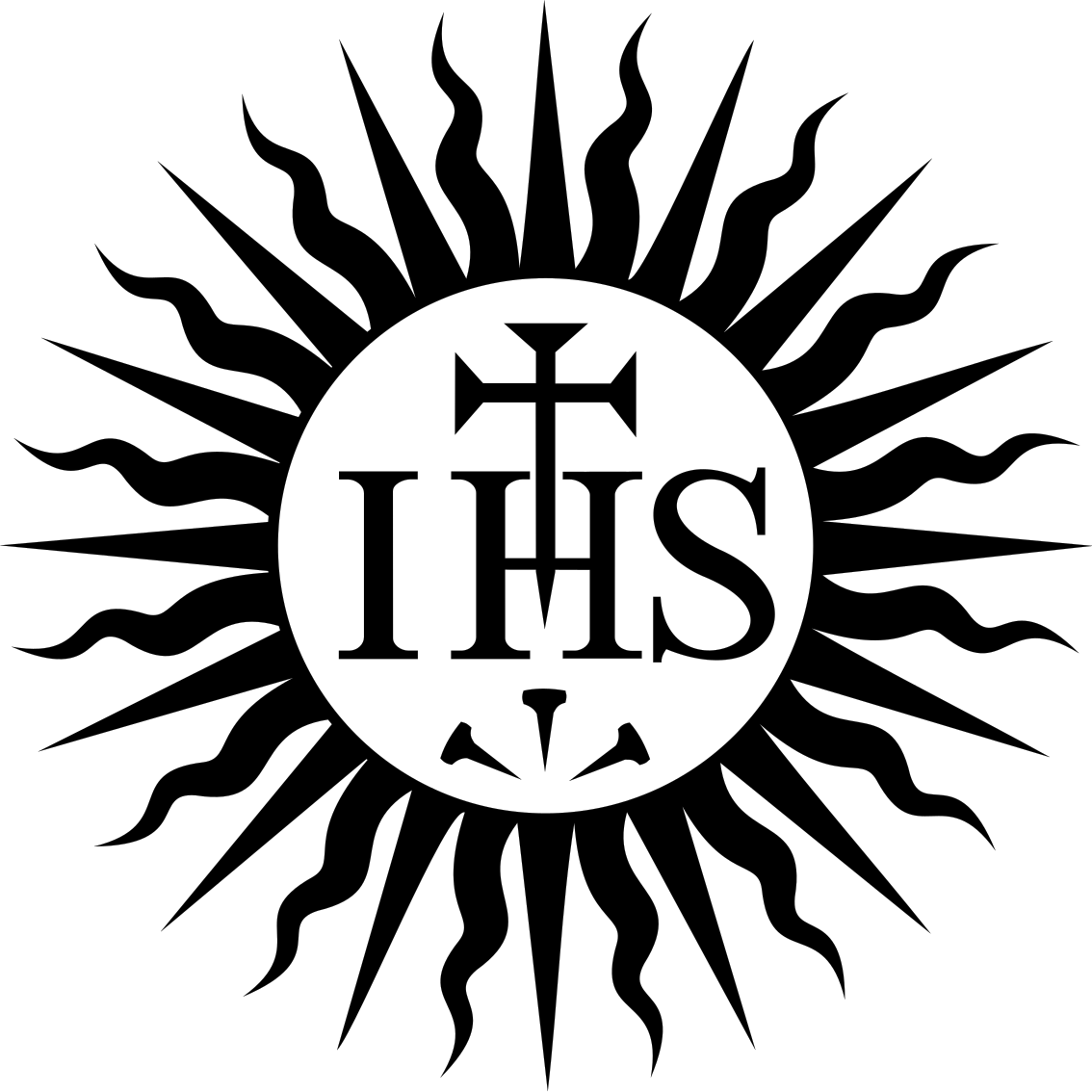 IHS emblem of the Jesuits |
 茗荷 Myoga or Japanese ginger |
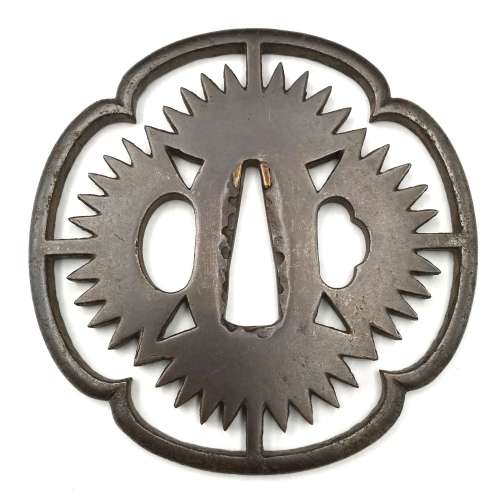
Size: 83.4 x 83.1 x 4.4 mm
NTHK certified KANTEISHO ("Important Work"). In a custom wooden box. For information regarding shakoh tsuba see article 'Kirishitan Ikenie Tsuba by Fred Geyer at Kokusai Tosogu Kai; The 2nd International Convention & Exhibition, October 18-23, 2006, pp. 84-91.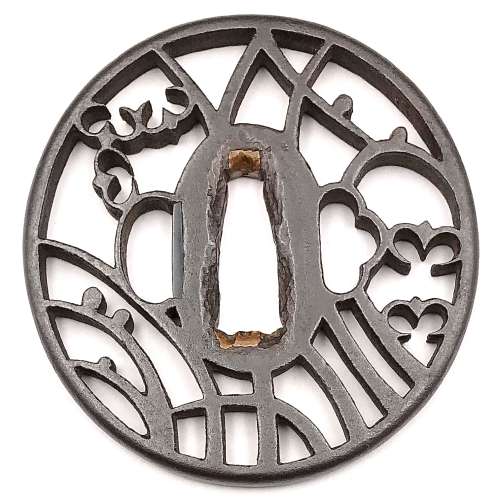
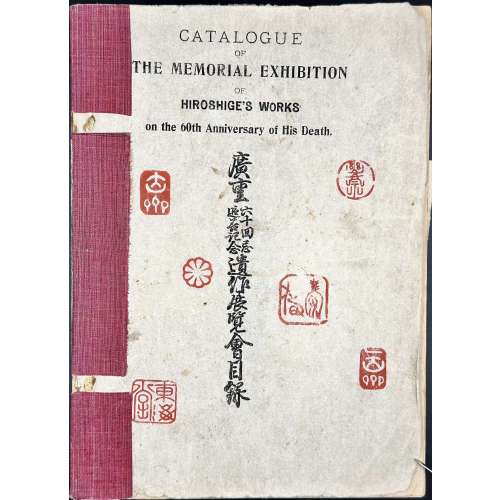
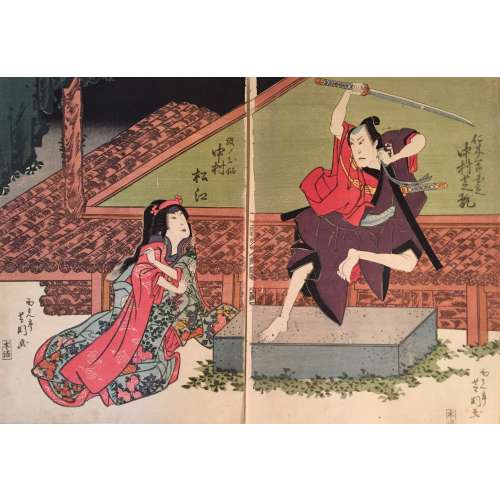
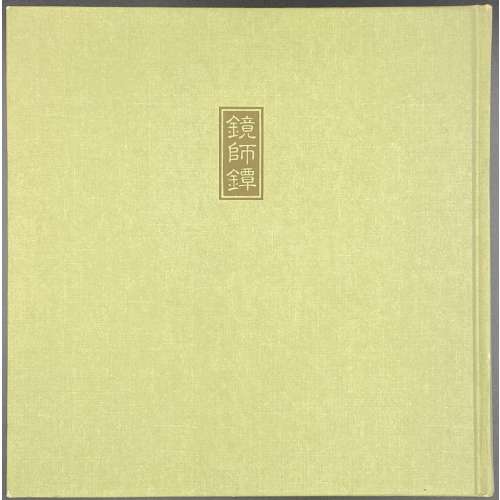
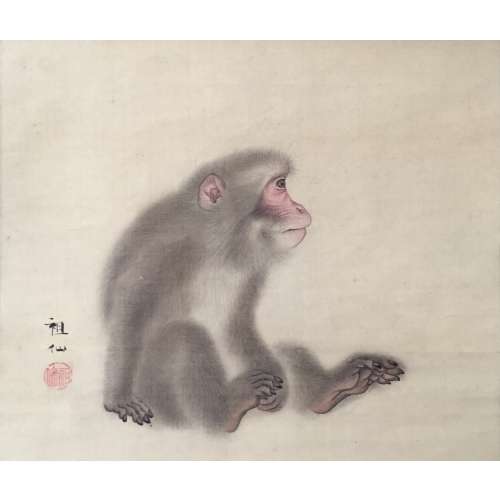
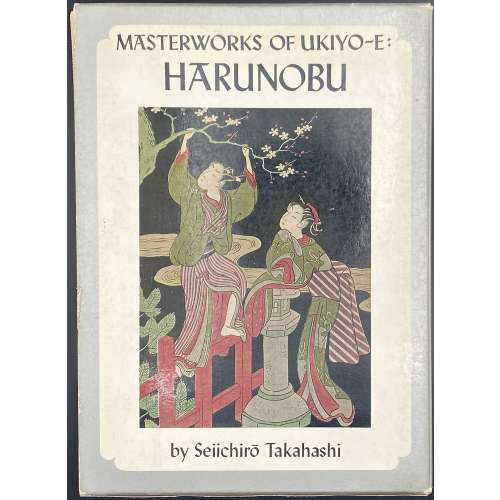
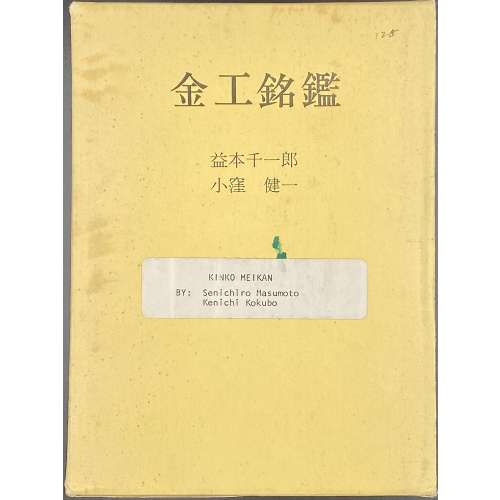
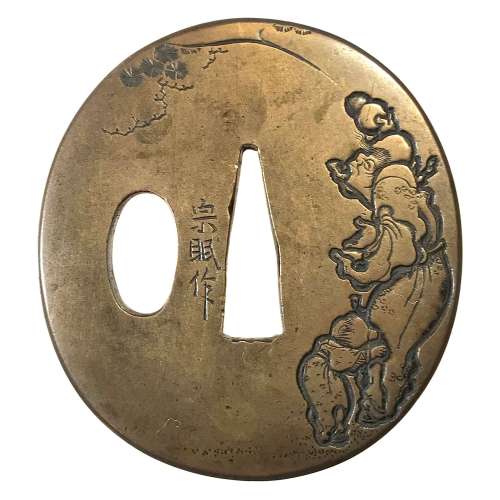
Sentoku tsuba of oval form with Sennin (Chinese immortal) motif carved in low relief (katakiribori). The Sennin is depicted with a double gourd in his right hand and a child beside his left hip. A pine tree carved on the reverse.
Signed: Sōmin saku (宗眠作) [M.Sesko]. Yokoya School (see The Japanese toso-kinko Schools by Markus Sesko, pp. 133-8).
Edo period (second half of the 18th century). Dimensions: Height: 61.6 mm; Width: 56.4 mm; Thickness: 4.2 mm; Weight: 85 g.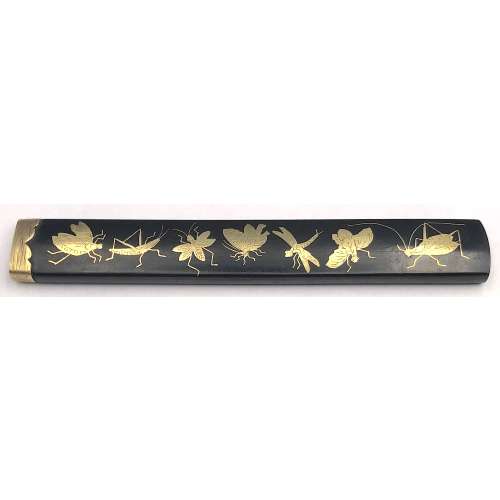
 See also tsuba TSU-0211 in this collection:
See also tsuba TSU-0211 in this collection:


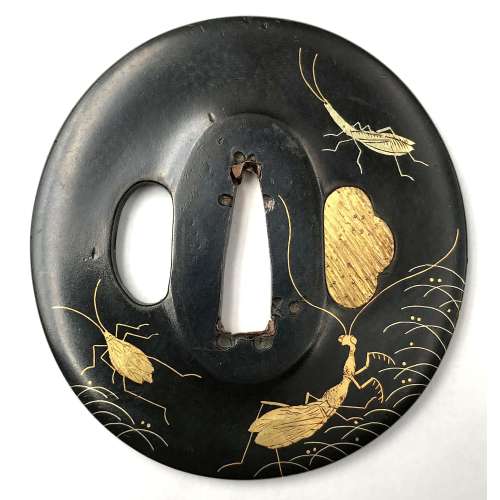
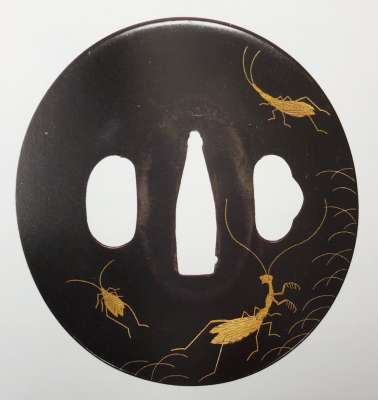
7-U17. Ron Hartmann Collection.
Kanazawa in Kaga was a centre of fine metal work during the whole of the Tokugawa period. At first the inlayers of Fushimi following the Daimyo Maeda went to Kanazawa, then some of the Gotō masters proceeded from Kyoto for short periods to work for the Daimyo, so that their influence was strongly impressed upon Kaga work..." A somewhat look-a-like tsuba is illustrated at plate XXVIII, Kaga Inlay, №653 with the following description at page 52: "Shakudō, inlaid with five insects in gold: crickets, praying mantis, grasshopper, in the style of Takagawara Ujitsugu.According to M. Sesko, Ujitsugu was a master from Katsuki and Kaneko School in Kaga, son of Ujihira. Ujihira's father Ujiyoshi died in 1802. This brings us to the mid-19th century, instead of mid-18th or earlier. On the other hand, a very much look alike specimen at MFA collection (ACCESSION NUMBER 17.1061) has the with the following description: Edo period. Late 18th–early 19th century. Murakami School. Main material: shakudo; other metals: gold; decorative technique: iroe hirazogan.
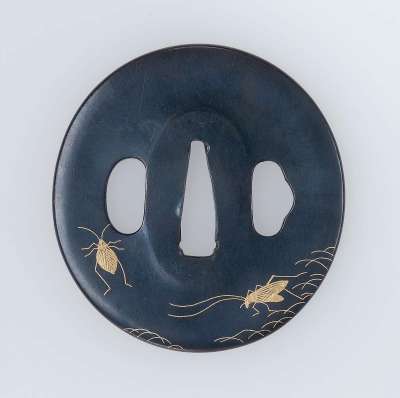
MFA # 17.1061
